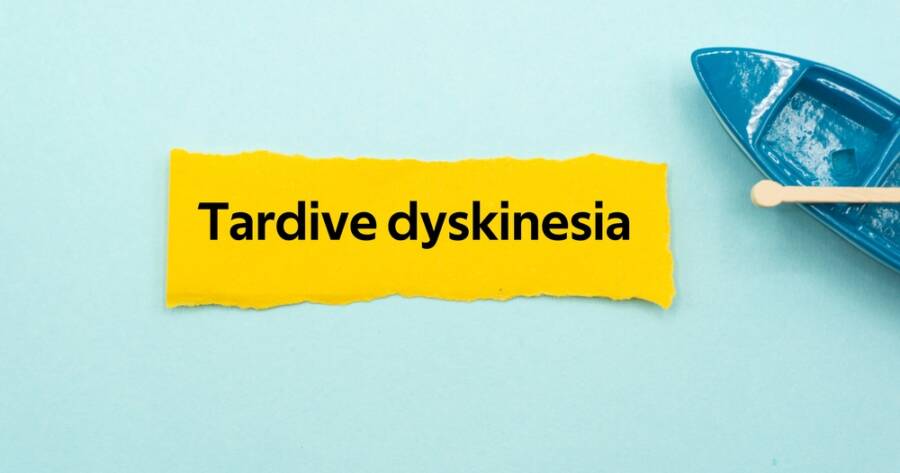Tardive dyskinesia, a disorder marked by involuntary movements due to long-term antipsychotic use, finds effective management through Ingrezza (valbenazine). As treatment options are explored, understanding the balance of therapeutic benefits against potential side effects is essential. Delve into patient experiences, safety considerations, and the clinical guidance shaping this approach.
Tardive Dyskinesia and Its Management with Ingrezza
Tardive dyskinesia (TD) is a drug-induced movement disorder that results in repetitive and involuntary movements. It primarily affects individuals who have been on long-term antipsychotic medications.
Understanding and managing this condition require insights into therapeutic options, one of the most effective being Ingrezza (valbenazine). Ingrezza is used to manage these symptoms, yet like any medication, it comes with its own set of side effects that patients should be prepared for.
Understanding the Side Effects of Ingrezza
Ingrezza is known for its varied side effects, which range from mild to serious. Common side effects include drowsiness, dry mouth, and constipation. Some patients also report fatigue, balance problems, and potential allergic reactions like hives. While mild side effects such as restlessness and dizziness might subside over time, it’s crucial for patients to consult healthcare providers if these persist to ensure their safety.
For those considering Ingrezza, awareness of serious side effects is essential. These include neuroleptic malignant syndrome, characterized by fever and rigid muscles, and parkinsonism, which involves tremors and muscle stiffness. Notably, individuals with Huntington’s disease should be cautious of aggravated depression or suicidal thoughts associated with the medication given Ingrezza’s effects. The boxed warning for these severe psychological effects emphasizes the need for close monitoring by healthcare professionals.
Addressing Safety Concerns and Precautions
Safe use of Ingrezza includes understanding and discussing patient history with healthcare providers. Individuals with liver problems or irregular heart rhythms may need dosage adjustments, as these conditions could increase side effect risks.
Additionally, patients are advised to be cautious with alcohol consumption, as it can exacerbate symptoms of sleepiness and potentially amplify side effects. Pregnant and breastfeeding women should have comprehensive discussions with healthcare providers about the risks Ingrezza may pose to their health and their child’s health.
Patient Experiences and Reported Outcomes
The KINECT-PRO study demonstrates that Ingrezza significantly improves the quality of life for individuals with tardive dyskinesia. Improvements in physical and socio-emotional impacts have been recorded as early as four weeks into treatment.
This is evaluated through tools like the Tardive Dyskinesia Impact Scale, showing the drug’s positive effects on reducing involuntary movements. Ongoing use aligns with the medication’s safety and efficacy profile, reaffirming its role in TD management and enhancing patient quality of life.
Clinical Guidance and Recommendations
Healthcare professionals play a crucial role in guiding patients through Ingrezza treatment. Reporting any side effects to the FDA via MedWatch is encouraged, as is regular consultation for personalized medical advice.
For optimal management, patients should disclose all medications they are taking, given the potential for interactions that could exacerbate Ingrezza’s side effects. Moreover, routine check-ups ensure continual monitoring of the drug’s impact and provide an opportunity to reassess treatment needs based on current health conditions.
Why You Should Learn More About Tardive Dyskinesia and Ingrezza Today
Understanding tardive dyskinesia and its management options, such as Ingrezza, is critical for individuals affected by this condition. While the medication offers significant benefits in terms of symptom management, being aware of its side effects is important for making informed treatment decisions.
By engaging with healthcare providers, patients can ensure they receive personalized advice that aligns with their medical histories and health needs. Continued learning about TD and its treatment options empowers patients to improve their quality of life and mitigate any adverse effects optimally.




